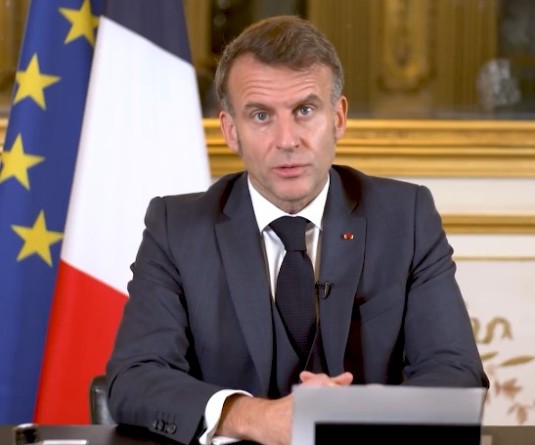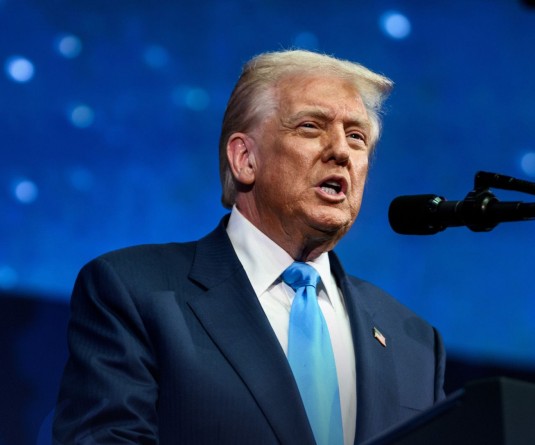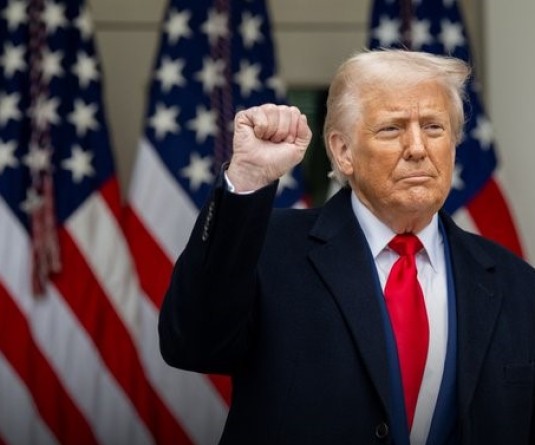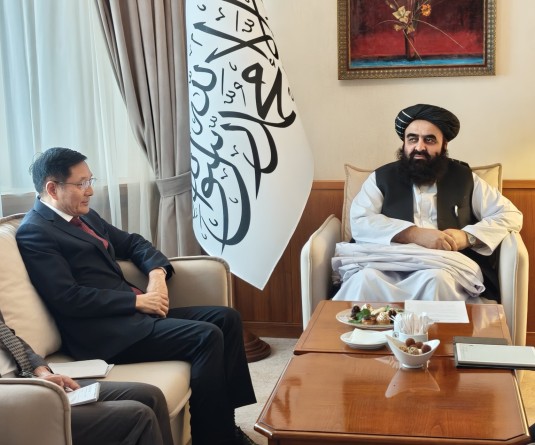IANS Photo
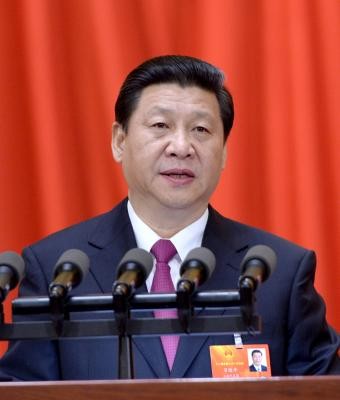
New Delhi, September 3 (IANS) With the New Delhi G20 summit just days away, the uncertainty over Chinese president Xi Jinping’s presence at the prestigious multilateral event clearly highlights the current status of the bilateral relations between India and China.
That the ties between the neighbouring nations are at an all-time low, could be gauged from what external affairs minister S Jaishankar had said in May this year about the bilateral ties.
He had said that India-China relations are not normal and cannot remain normal if peace and tranquillity along the border areas is disturbed.
Jaishankar had said this after meeting his Chinese counterpart Qin Gang on the sidelines of the Shanghai Cooperation Organisation regional bloc meet in Goa in May this year.
The ties between both the nations hit their nadir after the May 2020 clash in the Galwan valley, when troops from India and China were locked in a standoff at a few friction points along the LAC.
Despite having disengaged in several places following a series of military and diplomatic talks, the ties between India and China remain frosty.
India has been maintaining that the relationship between the two countries should be based on “three mutuals” i.e. mutual respect, mutual sensitivity and mutual interests.
During his recent informal conversation with Jinping on the sidelines of the BRICS summit in August, Prime Minister Narendra Modi had raised India’s concerns about the unresolved issues in the Ladakh sector of the LAC.
While New Delhi said that the two leaders had agreed to direct their officials to “intensify efforts at expeditious disengagement and de-escalation”, a statement later issued by China’s foreign ministry made no reference to this matter.
The statement simply quoted the Chinese president as saying that the “two sides should bear in mind the overall interests of their bilateral relations and handle properly the border issue”.
Thus, under the prevailing circumstances, the tension in bilateral relations could also cast a shadow on India and China’s engagements at multilateral platforms.
Though there is no confirmation of his presence at the New Delhi G20 summit as of now, Xi, if he does attend the event, is likely to hog the limelight, as the focus would mostly shift to Modi-Xi’s interaction and personal engagement during the summit, a veteran foreign affairs observer told IANS on condition of anonymity.
China has opposed several endeavours by India during the various G20 events related to climate change and women oriented measures and also supported Russia over the latter’s objection to any reference to the Ukraine conflict in the outcome documents, released after several G20 events.
Former ambassador Anil Trigunayat though feels that the ongoing border conflict with China will not cast any shadow on the G20 summit.
“It (G20 summit) is a multilateral organisation, where bilateral issues are not discussed. But there are many global issues which India in its G20 presidency has tried to address, which are consensus based and 95 per cent of such issues have been agreed upon by all 20 members,” he said.
At the same time Trigunayat cautioned that China is a hegemonistic country, which has “started this cartographic aggression (through issuance of a standard map showing parts of India under its territory). Its indulging in grey zone warfare… so one has to be careful”.
He noted that while Modi had informal discussions with Jinping in South Africa (during last month’s BRICS summit) and in Bali last year and while deliberations continue on border issues, the Chinese seriousness is missing, as could be seen by that country releasing a map last week (showing parts of Aksai Chin and Arunachal Pradesh as its territory).
“It (China) said that the map should be looked at objectively and it shouldn’t be over interpreted. India should also look at different alternatives as to how it can project these maps… clearly flagging contested areas which China claims as its own territory,” the former diplomat said.
Jaishankar too had dismissed the map released by China, saying that it was part of that country’s “absurd claims” and added that the Indian side is very clear about the issue. “China has even in the past put out maps which claimed the territories which are not China’s, which belong to other countries. This is an old habit of theirs. It is not something new, it started in the 1950s,” he was quoted as saying while speaking at an event organised by a news television channel.
“Just by putting out a map claiming territories, some of which are part of India, I think it doesn’t make that. These are very much part of India. We are very clear what our territories are, this government is very clear about what we need to defend our territories...Just making absurd claims doesn’t make other people’s territory yours,” the minister had added.
Even the external affairs ministry spokesperson Arindam Bagchi had said that India lodged a strong protest through diplomatic channels with the Chinese side on the so-called “standard map”.
“We reject these claims as they have no basis. Such steps by the Chinese side only complicate the resolution of the boundary question,” he had said last week.
Close on the heels of the map controversy, there have been reports citing satellite imagery, showing how China is ramping up infrastructure in the Aksai Chin region.
As per reports, satellite images dated December 2021 and August 2023 show that the Chinese side has constructed reinforced bunkers and underground facilities at six locations within an area of roughly 15 sq km in Aksai Chin.
This area is located about 70 km from the LAC and was almost bereft of any construction activity in 2020 during the Galwan standoff.
However according to satellite imagery, a large amount of construction has been undertaken there between 2020 and August 2023, like tunnels, bunkers and new roads.
As per satellite imagery, there is a “bunker#1” where reinforced personal bunkers are constructed protected by raised earth from any aerial attack. Even entry and exit points are clearly designed in a forked formation to dispel any bombardment.
Another image showed “tunnel area #3”, which has at least two entrances and the satellite image shows fresh deployment and area development activity includes new roads, tunnels and bunkers.
A third image shows “tunnel area #1 which has five entrances to underground facilities.
A fourth image shows “personal bunker #2, where developments have been seen since 2020. However new images from satellite show fresh deployment and area development activity.
These developments reinforce what Trigunayat says about China being a “hegemonistic country”.
He however added that even if China “creates problems at the G20 summit, it will be a loser by itself, as its credibility is at its lowest. However, as the second most important power, it should behave more responsibly”.


